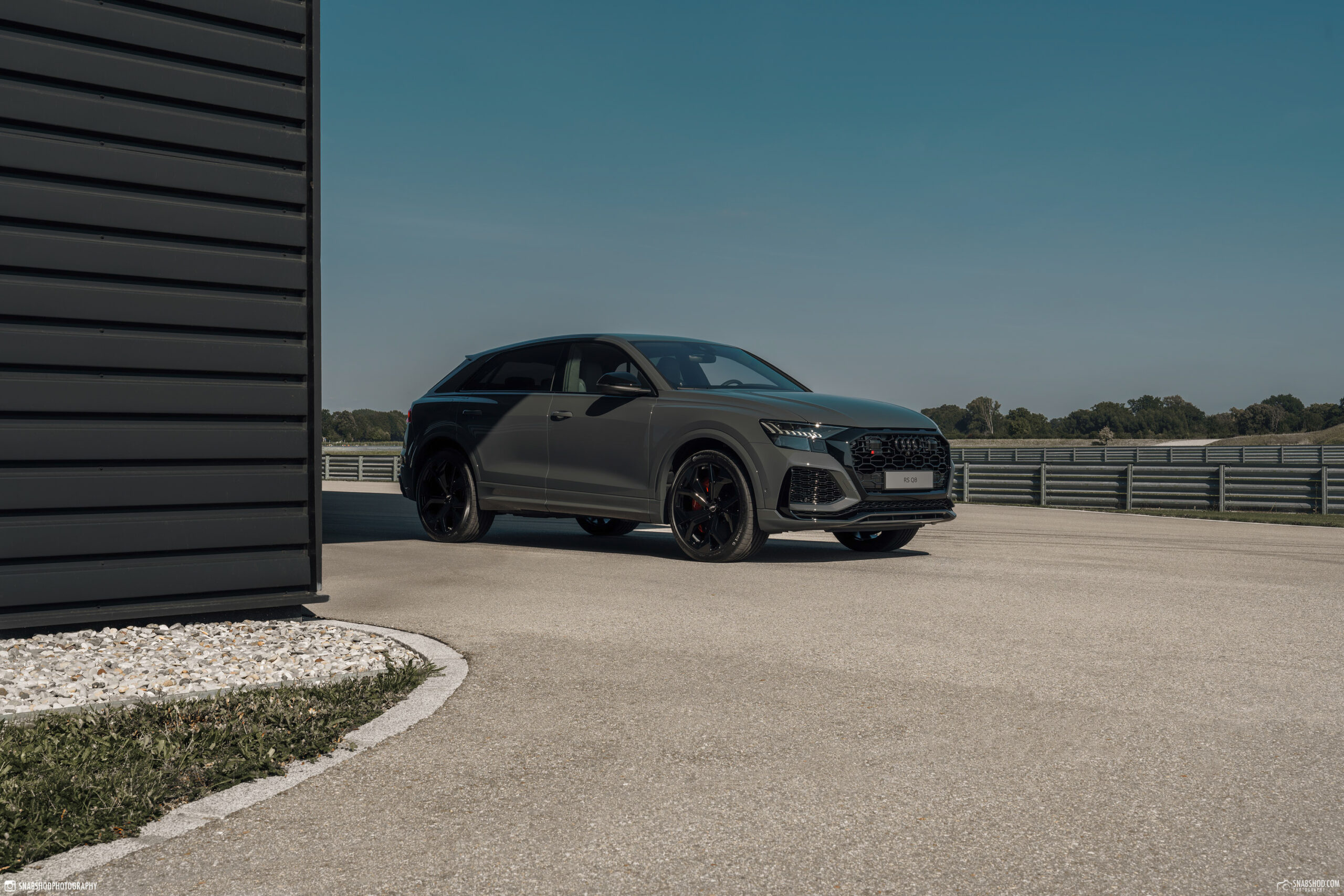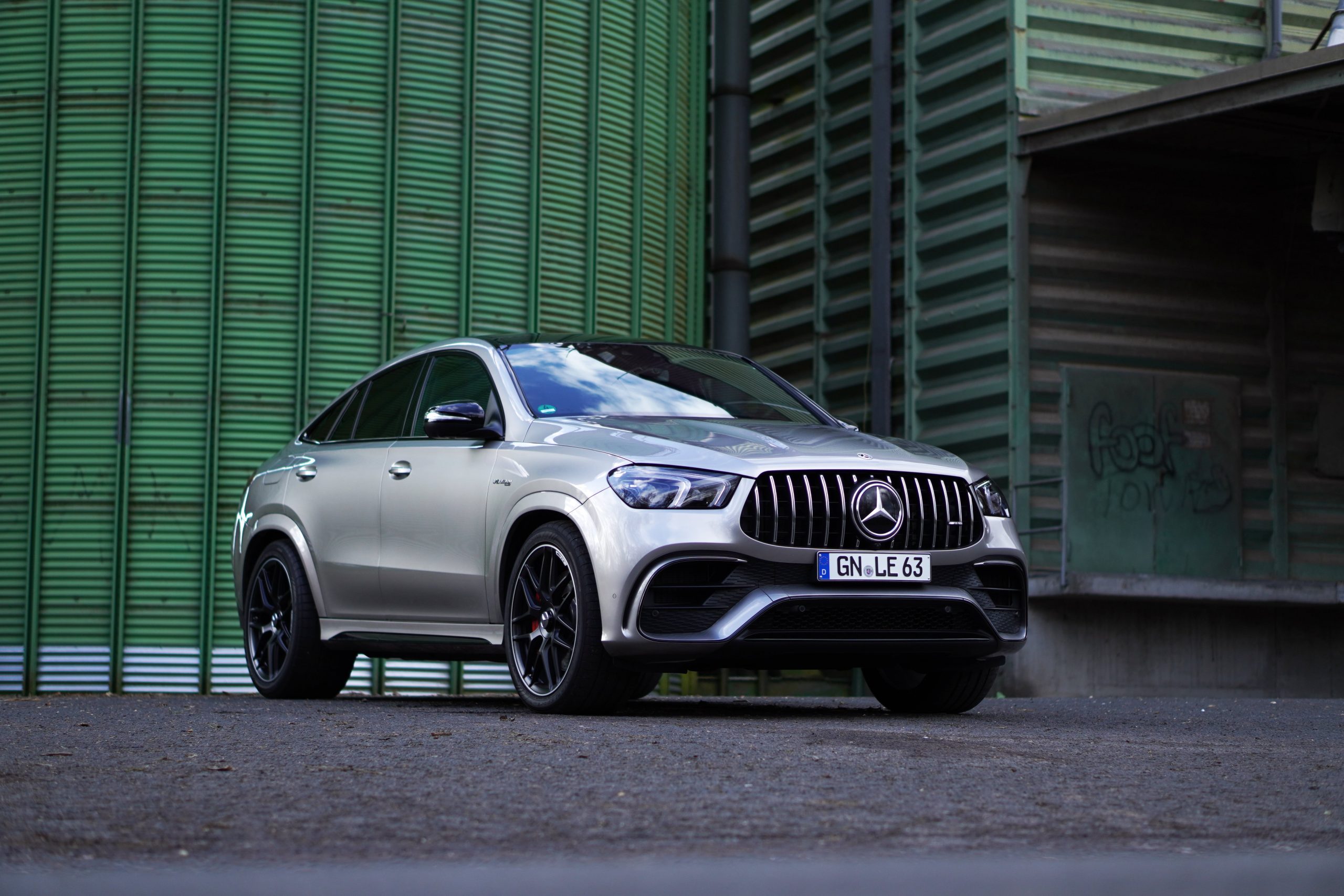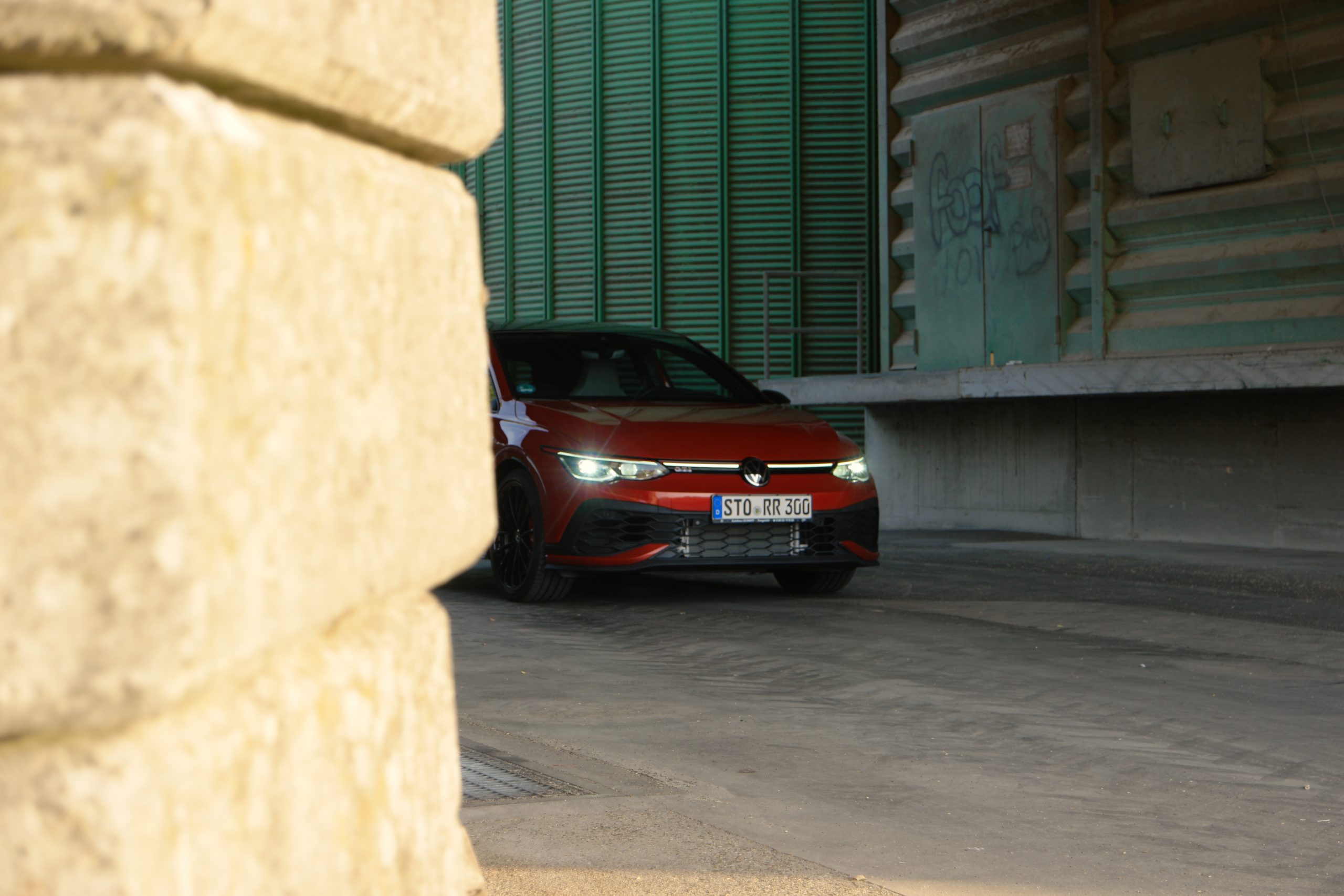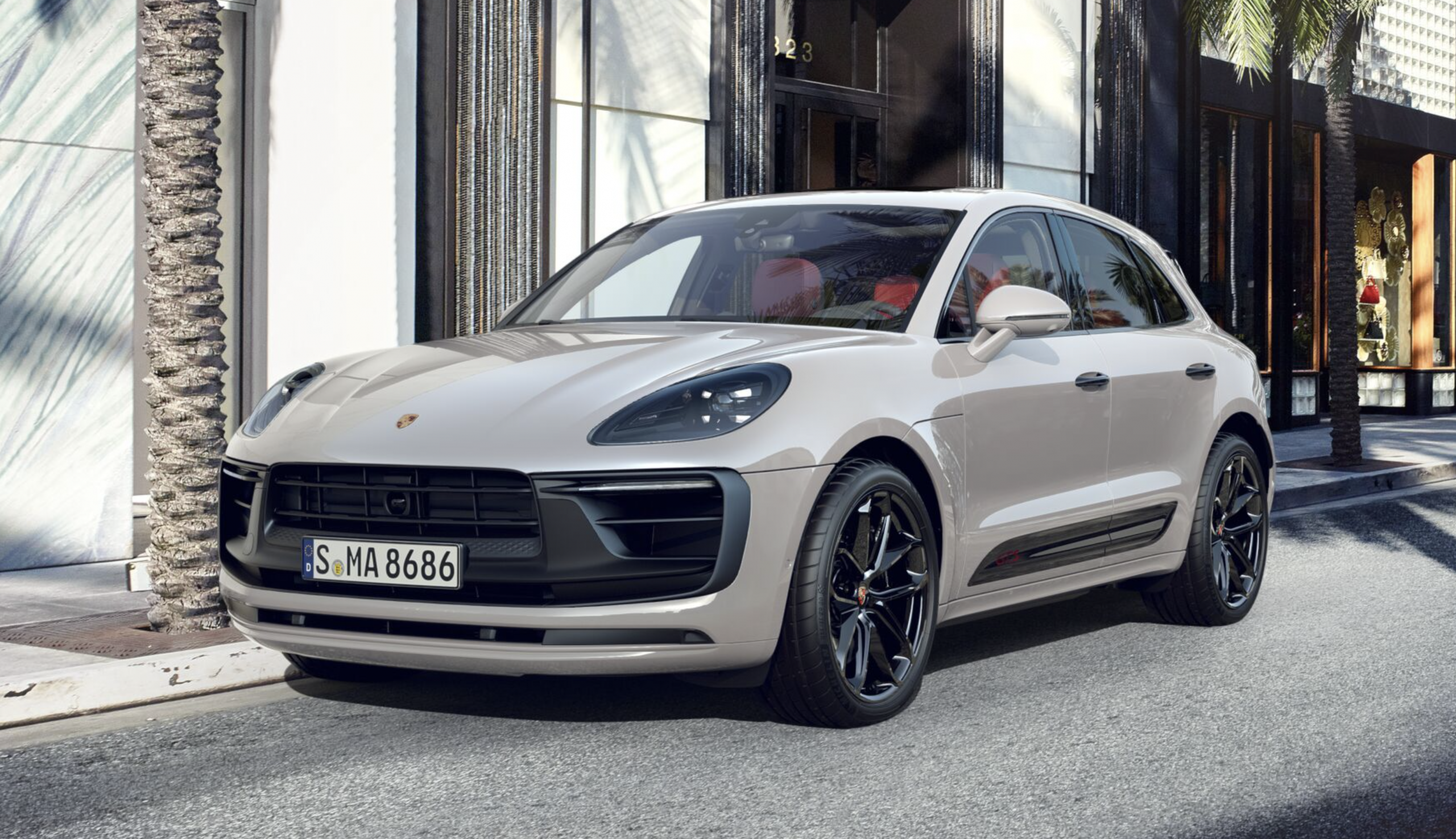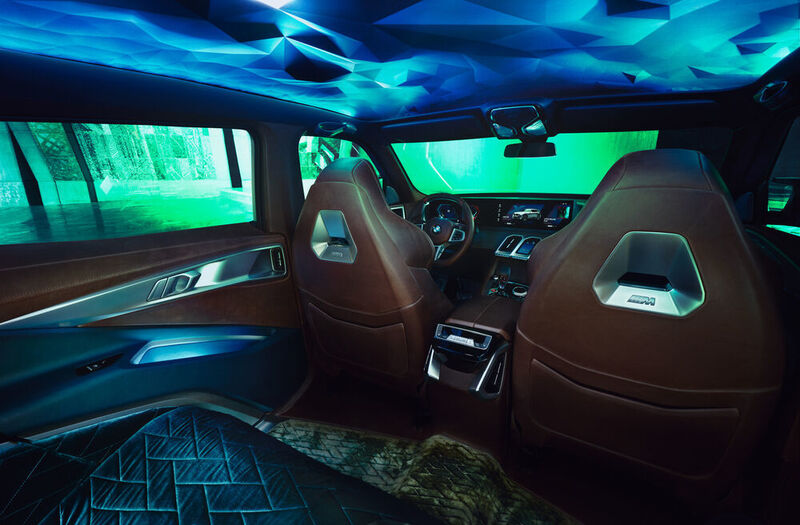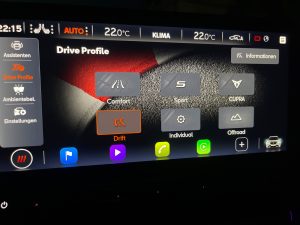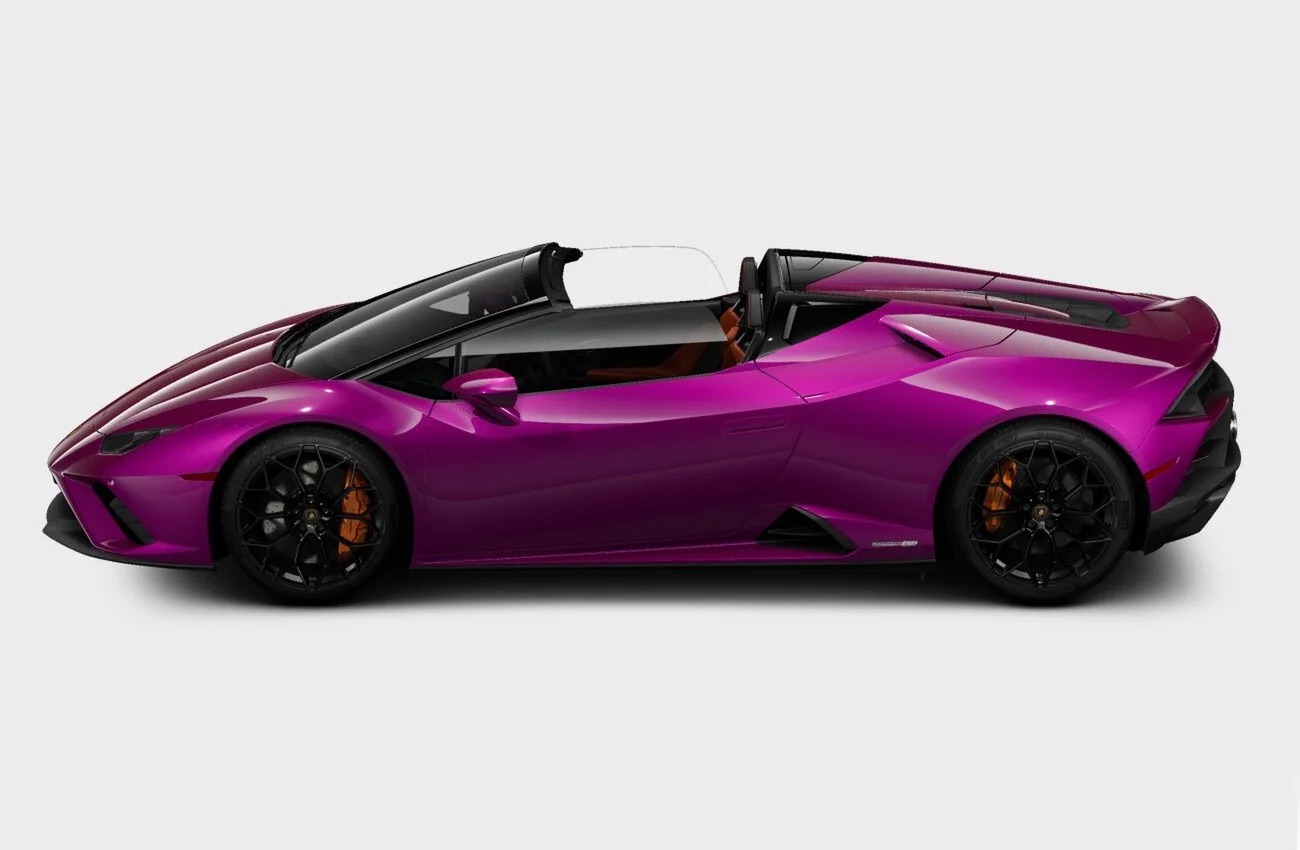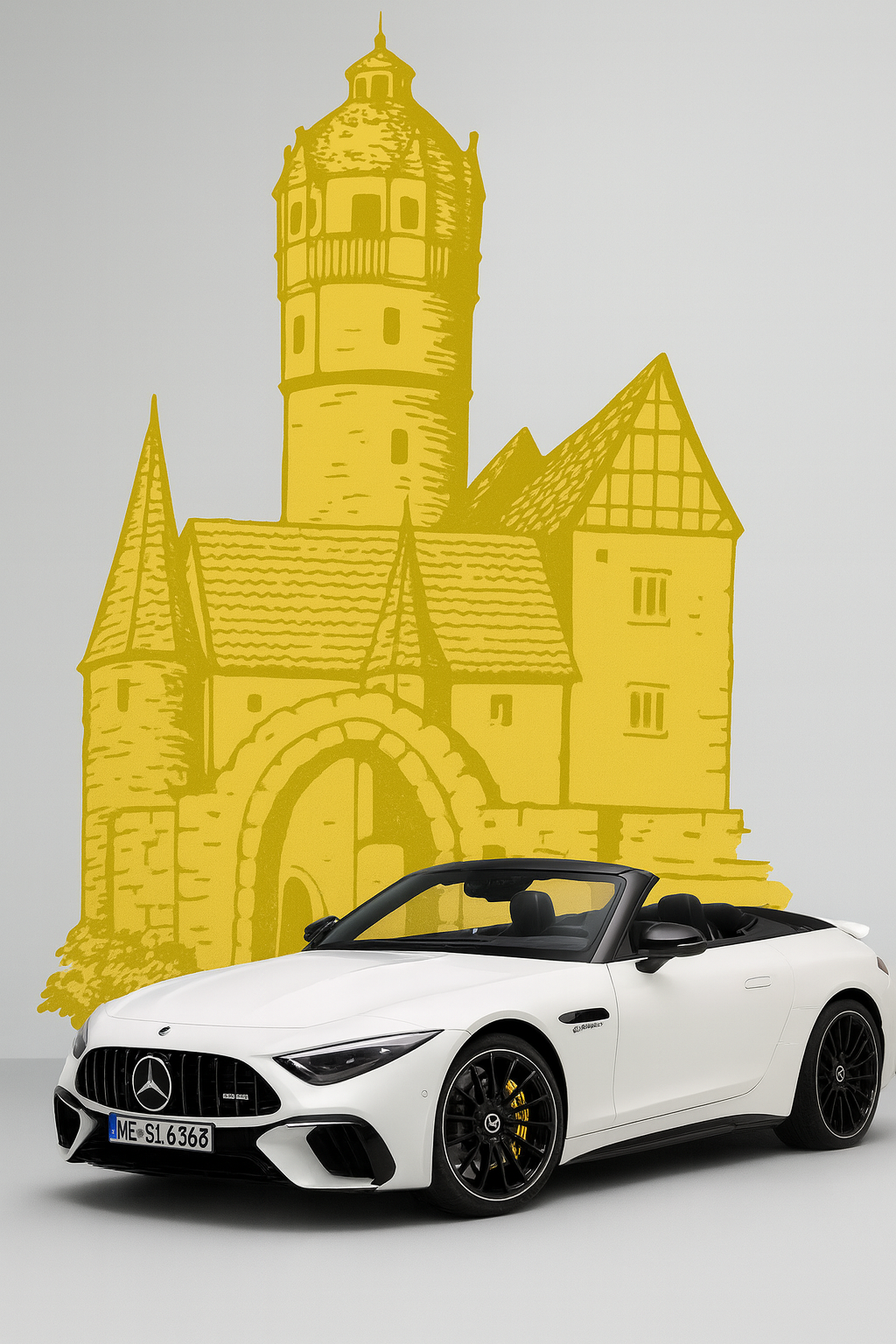Blog
Sportwagen Trends in 2022
Sports Car Trends 2022–2025+: Electric, Hybrid, Exotic & Customization
What really drives the market – from 2022 through 2023/24 and into the post-2025 era. Compact, clear, marketing-oriented.
2022: Demand boom, electric/hybrid push & customization
In 2022, a multitude of sports cars conquer the market – more popular than ever. To meet the rising demand, production of electric and hybrid sports cars must be ramped up. Growing environmental awareness makes alternative drivetrains mainstream: electric and hybrid reduce emissions without diminishing the adrenaline rush.
At the same time, safety features (airbags, seatbelts, etc.) remain in focus. Mandatory for decades, they are continuously improved – consumers evaluate these features more critically than ever. In 2022, this development continues and supports the market.
Manufacturers drive customization down to the finest detail: configure, personalize, make unique – enthusiasts get exactly what they want. The result: highly complex, technically brilliant vehicles that are more expensive due to exclusivity and complexity.
Design keeps performance as its DNA. However, luxury exotics (supercars) increasingly emphasize style. Exclusive providers place limited luxury models with celebrities and high-net-worth clients – a trend lasting through 2023 and fueling the industry. Bespoke exotics gain massive traction; demand often exceeds capacity.
Conclusion 2022: More personalized luxury cars, more models, more market momentum. At the same time, supply issues, rising prices, inflation and the energy crisis weigh on the entire industry – no quick relief expected by the end of 2022.
2023: Electric established, software delivers the edge
Electric sports cars have definitively arrived (e.g., Taycan Turbo S, e-tron GT): performance meets sustainability. At the same time, raw material shortages (lithium, rare earths) drive up battery costs – brands compensate through high-margin options.
Second lever: digitalization. Over-the-air updates, AI-powered assistance and deep connectivity become decisive factors – sports cars remain emotional but get smarter, safer, and evolve more rapidly.
2024: Plug-in power on top & new competitors
The hybridization of the upper class shapes 2024. Ferrari and Lamborghini introduce PHEVs with four-digit horsepower while lowering emissions. At the same time, Chinese brands enter the European sports segment with aggressive pricing and high charging speeds – competition intensifies.
Sustainability becomes measurable: lower-CO₂ manufacturing, recycled interior materials, and increasing attention to e-fuels complement electrification into a credible luxury package.
After 2025: electric, digital, exclusive – and shared
- Electrification: New launches will be mostly electric or hybrid. Fully electric sports cars (e.g., Lamborghini/McLaren) are ready.
- AI & software-first: More personalized assistance, semi-autonomous daily modes – full performance remains available in track settings.
- Exclusivity: Limited series, tailor-made programs and deeply personalized specifications.
- New players: Start-ups and Chinese high-tech manufacturers intensify competition in Europe.
- Price & access: Purchase prices keep rising – renting, community models and sharing become the smart alternative.
In short: the market remains a field of tension between tradition & innovation, luxury & sustainability – from 2025 onward more diverse, digital and international than ever.
Keywords: Electric sports cars, hybrid sports cars, supercars, exotics, customization, over-the-air updates, AI assistance, e-fuels, sports car rental, community models.

